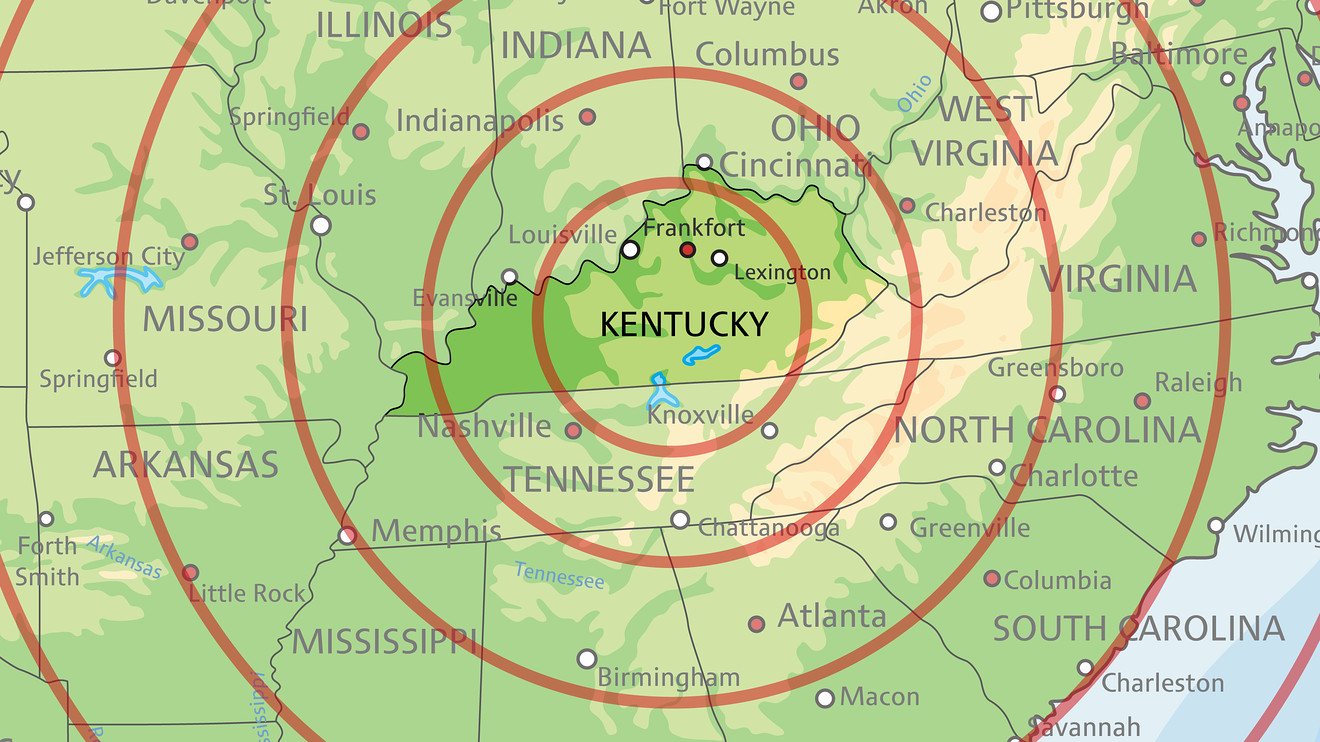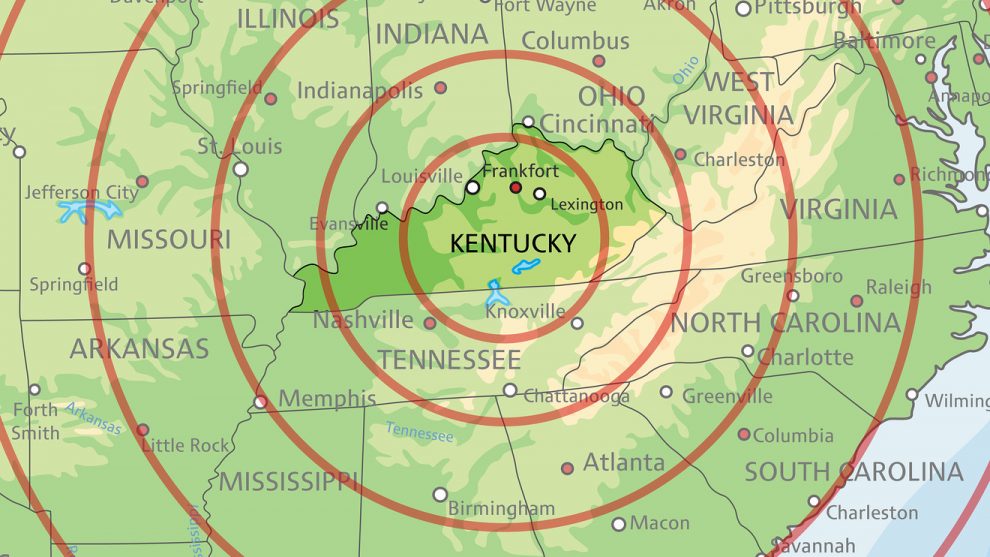
Cash-hemorrhaging U.S. states hoping for help from Washington face a daunting hurdle: Republican party opposition to bailing out states they say were profligate before the coronavirus crisis. And many of those states have voted Democratic in election years.
But a look at data on state budget balances and rainy day funds shows those at the top and at the bottom of the rankings were a mix of both “red” and “blue” electoral states.
And while the states with the most under-funded pensions were indeed more likely to be Democratic-led ones, the nation’s most shaky pension system belongs to Kentucky, home state of Senate Majority Leader Mitch McConnell.
“I actually don’t think it is red state-blue state thing, as much as it might be politically convenient to frame it that way. It’s really a question of moral hazard,” said Rohit Kumar, U.S. tax policy services leader with audit and consulting firm PWC. Kumar worked for McConnell for 11 years and served as his domestic policy director.
But President Trump, in an April 27 Tweet, was less diplomatic. “Why should the people and taxpayers of America be bailing out poorly run states (like Illinois, as example) and cities, in all cases Democrat run and managed, when most of the other states are not looking for bailout help? I am open to discussing anything, but just asking?”
The call from states for money, though, has actually been bipartisan.
A May 13 letter from Maryland Gov. Larry Hogan, a Republican, and Andrew Cuomo, a Democrat, asked for $500 billion in aid. And data from the nonpartisan Pew Charitable Trust shows many states were headed into the recession in decent budget shape.
According to a Pew analysis of National State Budget Officers’ data, 34 states had higher rainy day reserve funds at the end of 2019 than they had before the last recession. The median amount of those funds was enough to pay for 27.9 days’ worth of state operations, Pew said.
States had total reserves, not just rainy day funds, totaling about 13% of annual spending, up from 11% before the last recession, said Michael Leachman, vice president for state fiscal policy with the liberal Center on Budget and Policy Priorities.
“It’s hard to argue states weren’t prepared or overspending, if you look at that data,” he said.
The biggest rainy day funds were those states with oil or mineral production, like Wyoming, with almost 400 days of reserves, Alaska and North Dakota. The other two in the top five were New Mexico and Texas.
At the other end of the spectrum, Kansas and Illinois had zero days of reserves, the lowest of the 50 states. They were followed by Pennsylvania, New Jersey and Kentucky.
Kumar said Republicans worry any money sent to states will be used, either directly or indirectly, to prop up under-funded state employee pension plans. That view was echoed by Sen. Rick Scott, a Florida Republican and former governor.
“We sit here and live within our means, and then New York, Illinois and California and other states don’t, and we’re supposed to go bail them out? That’s not right,” he told reporters last week.
Pew data released in 2019 for pensions in 2017 actually had New York with the fourth-best funded pension, at a funded ratio of 94.5%. The funded ratio is the amount of assets on hand in proportion total projected liabilities. Florida’s funded ratio in 2017 was 15th among the states.
Wisconsin had the highest ratio, at 102.6%, followed by South Dakota, Tennessee, New York and Idaho. In descending order, the least funded state pensions belonged to Colorado, Connecticut, Illinois, New Jersey and Kentucky. Kentucky’s funded ratio was just 33.9%, while Illinois’ was 38.4%.
Kumar said the focus on pensions shows their concern is less about how individual states vote.
“The Kentucky data, to me, is a proving point for that premise,” he said.
The Center on Budget and Policy Priorities’ Leachman said pensions should not be part of the debate over state aid. States have short-term needs that will require cash, like responding to the coronavirus epidemic and avoiding layoffs of critical employees, while the pension issue is a long-term one.
“We can talk about some of the pension long-term liability issues that some states have, but it’s a distraction from what has caused the fiscal crisis that states face in funding their basic public services right now, which is why the states need the fiscal relief,” he said.
Only 4.7% of state general funds are used to make states’ required contributions to their pension plans, he said.











Add Comment